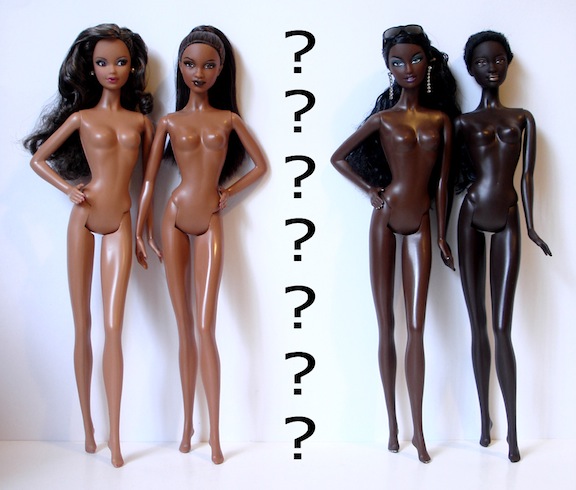

"Light skin women are better than dark skin women. I have long hair down my back. My facial features are nice. Dark skinned girls don't like that. I don't have big lips, a big nose or nappy hair. Dark skinned girls are jealous of me" says Tamara, a guest on the Tyra Banks Show (2008). Tamara is a light-skinned African-American female who gave her opinion on the Tyra Banks Show while speaking about the dark skin versus light skin phenomenon within the African-American community. While Tamara may sound ignorant and overly confident, the ideas that she expresses have come from the dominant African-American society's views on the idea that having European features including straight hair and light skin, is considered to be more beautiful, appealing and essentially superior to other racial features and dark skin. Audrey Kerr, author "The Paper Bag Principle: Class, Colorism, and Rumor and the case of Black Washington," says "mere casual observation of institutional membership often reveals an apparent preference for those African Americans with light skin, straight hair, and European features" (105). This phenomenon finds its roots in colorism, the act of a form of racism and oppression of people within the same race. George Yancey, author of "Experiencing Racism: Differences in the Experiences of Whites Married to Blacks And Non-Black Racial Minorities states that "today African-Americans live in an age of colorism supported by a white racism that allows African-Americans with lighter skin color to enjoy more social status than darker skin African-Americans" (Yancey 197). This shows skin shade's value within the African-American community.
Skin shade and facial features matter in America today; you have seen the examples; O.J. Simpson, Beyonce , and Queen Latifah. The effects that skin shade has had are pervasive.
NEXT PAGE